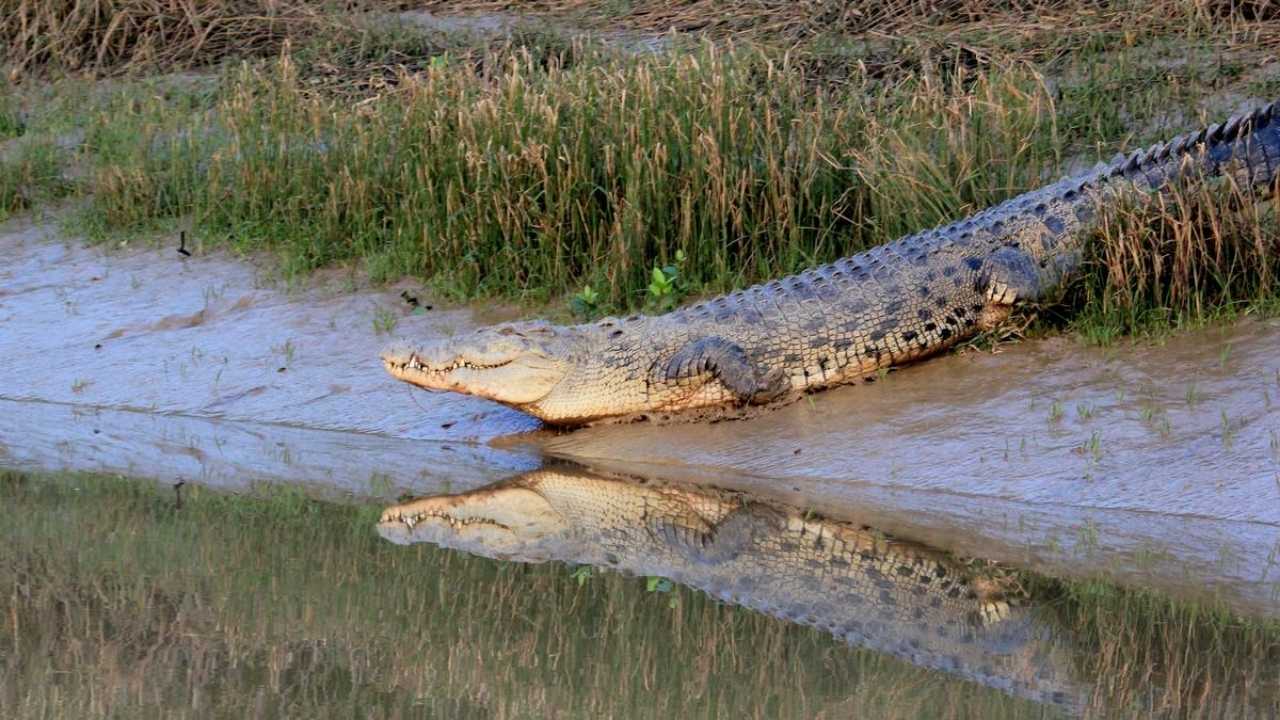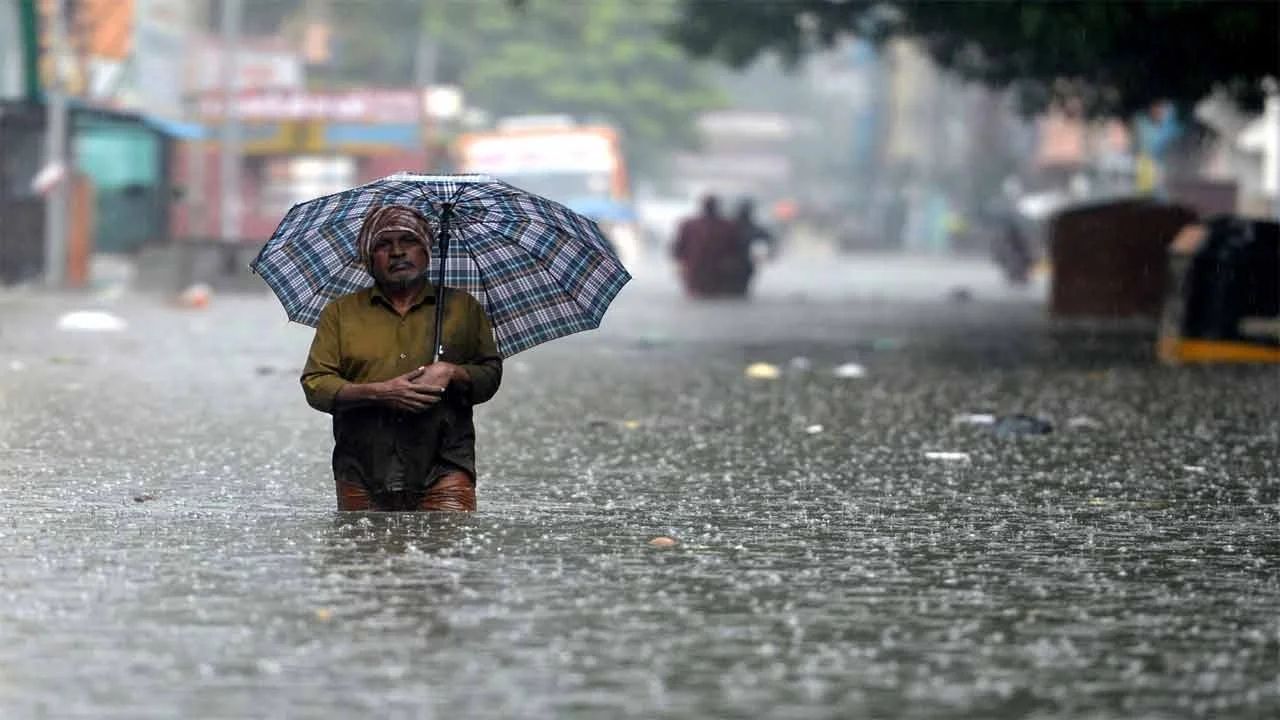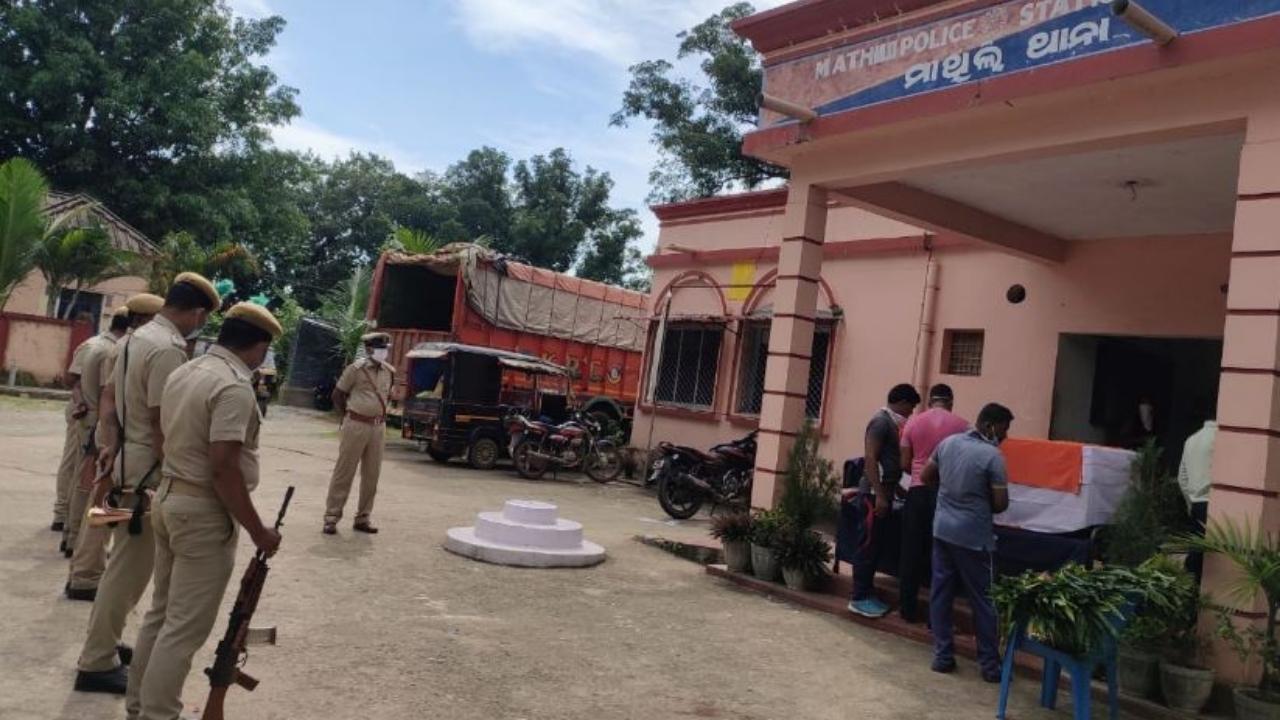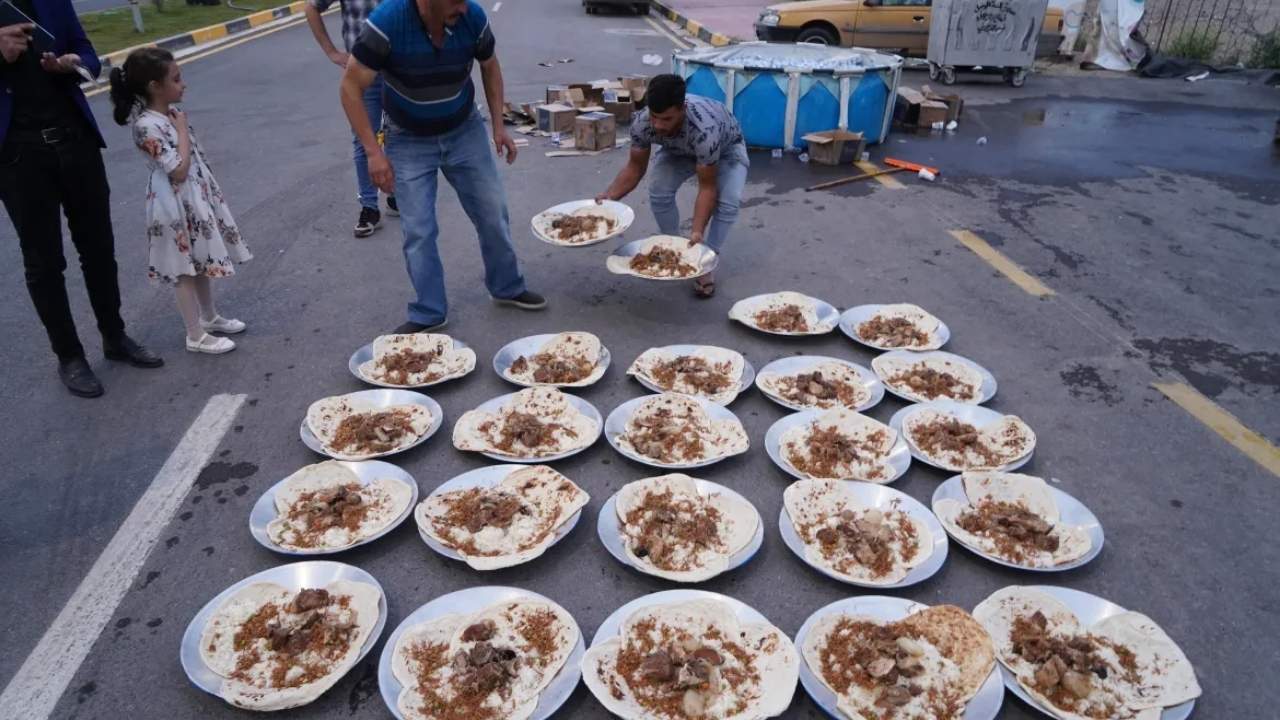Every year, monsoon season in India brings the promise of lush green fields, rejuvenated rivers, and hope for abundant harvests. But in 2025, Odisha’s Kendrapara district witnessed a chilling twist to that familiar story. Instead of fruitful crops, farmers were greeted with a wild, unsettling scene: crocodiles swimming freely across submerged farmland and village streets. And no, this isn’t a plot from a disaster movie—this is the reality farmers and residents are grappling with.
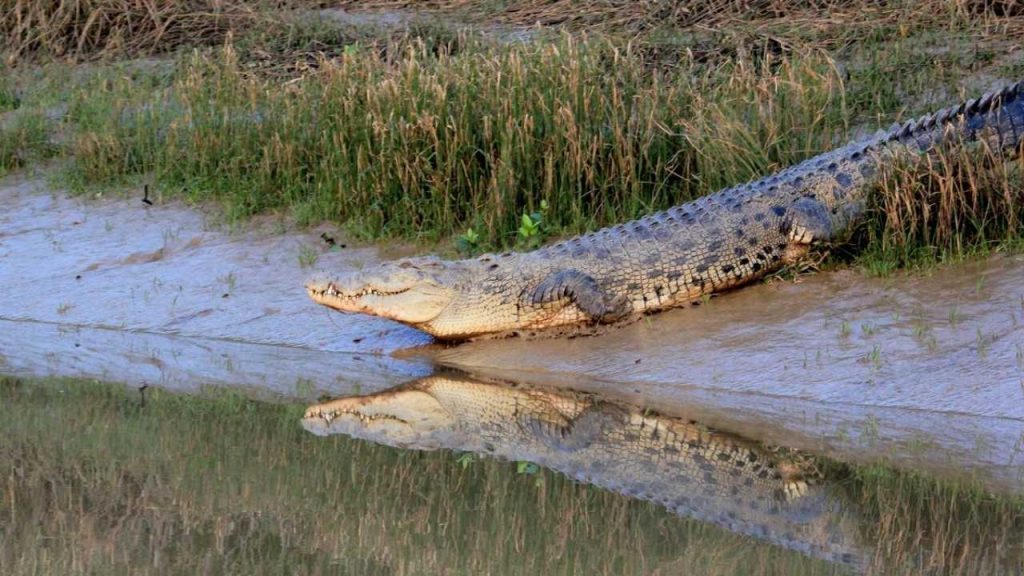
Why It Matters
This isn’t just a bizarre headline. It’s a warning bell for what’s brewing globally. The situation speaks volumes about climate change, rural vulnerability, and human-wildlife conflict. With rising sea levels, intense rainfall patterns, and displaced wildlife, it’s becoming more clear that our ecosystems are out of sync. Whether you’re a farmer in India or a policymaker in the U.S., this story matters to you.
Farmers Flee as Crocodiles Take Over Flooded Crops in Odisha
| Feature | Details |
|---|---|
| Location | Kendrapara District, Odisha, India |
| Event | Crocodiles invading flooded villages and farms after monsoon rains |
| Main Causes | Overflowing rivers: Brahmani, Kani, Baitarani, Kharasrota |
| Impact | Crops destroyed, agricultural work halted, human-crocodile conflict risk |
| Authorities Involved | Odisha Forest Department, Disaster Relief Teams |
| Official Warnings | Avoid floodwaters; report crocodile sightings immediately |
| Next Rain Forecast | Heavy rains expected again from July 23 (IMD Official Site) |
This gripping tale of crocodiles invading farmlands in Kendrapara isn’t just another viral news story. It’s a wake-up call on the realities of climate disruption, vulnerable infrastructure, and the urgent need for rural resilience planning.
If we don’t act now—with bold climate policies, better early-warning systems, and community-led adaptation strategies—the next monsoon could bring even greater chaos. And the line between man and wild may blur beyond return.
Monsoon Mayhem: When Nature Goes Off Script
In the U.S., we brace for hurricanes and tornadoes. In India, the monsoon season is the wildcard that decides a farmer’s fate. While rain is the lifeblood of South Asian agriculture, too much rain, too fast spells catastrophe.
In July 2025, Odisha experienced relentless rainfall, causing rivers like the Brahmani, Kani, Baitarani, and Kharasrota to overflow their banks. The deluge didn’t just inundate homes and roads—it became a highway for wild crocodiles that were swept out from nearby sanctuaries and mangrove forests.
“It looked like something out of a sci-fi movie,” said local farmer Prafulla Nayak. “I went to check on my paddy field and saw two crocodiles chilling on the road.”
From rural roads to school playgrounds, nothing was spared. Children were pulled out of school. Farmers abandoned their fields. Villagers locked themselves indoors as the landscape transformed into a surreal, aquatic wilderness.
Why Are Crocodiles in the Fields?
It may sound unbelievable, but there’s real science behind it. These saltwater crocodiles (Crocodylus porosus) are natural residents of the Bhitarkanika National Park, one of India’s richest mangrove ecosystems. With their habitats flooded, these crocs simply go with the flow—literally.
Real Talk: Crocs Just Follow the Current
During floods, estuarine crocodiles follow water channels, ending up in human settlements. While they don’t deliberately seek out people, their presence in densely populated areas can be deadly. These reptiles are apex predators, known to grow over 20 feet long and weigh as much as 2,000 pounds.
Unlike domesticated animals, crocodiles are unpredictable. They camouflage easily in murky waters and can attack in the blink of an eye. Villagers, particularly farmers, now face a life-threatening barrier between themselves and their livelihoods.
Stats That Hit Home
According to the Odisha Forest Department, there are more than 1,768 crocodiles in the Bhitarkanika region, many of which are tagged for monitoring. But floods make tracking nearly impossible.
As of mid-July, over 30 villages have been severely affected by flooding. More than 15,000 people have been displaced or stranded. Dozens of acres of cropland are submerged, making this not just a wildlife issue, but a rural economic crisis.
The India Meteorological Department (IMD) forecasts another spell of intense rainfall starting July 23, due to a new low-pressure system forming over the Bay of Bengal. This raises fears of further wildlife displacement and extended flooding.
What the Government’s Doing (and What You Can Do Too)
In response, the Odisha government has rolled out emergency protocols. Relief teams have been dispatched, makeshift shelters have been set up, and the Forest Department is on high alert.
Citizens are being advised to:
- Avoid floodwaters, especially at night
- Report any crocodile or snake sightings to local officials immediately
- Refrain from fishing or swimming in flooded zones
- Keep pets and livestock sheltered indoors
Pro Tips If You’re in a Flood-Prone Area
Even if you’re thousands of miles from Odisha, there are key takeaways:
- Study the topography: Know if you live near rivers, lakes, or forests that could be overrun.
- Emergency kit essentials: Include first aid, flashlight, battery backups, bottled water, and non-perishable food.
- Backup communication: Have alternate ways to contact emergency services if mobile networks fail.
- Animal safety: Livestock and pets should be moved to higher ground and enclosed securely.
- Stay informed: Follow local meteorological agencies and wildlife departments for real-time alerts.
Climate Change and Human-Wildlife Conflicts
This crisis reveals a deeper truth: climate change is reshaping human-wildlife dynamics. As habitats get submerged or destroyed, wild animals move into new zones, often overlapping with human settlements.
Here’s what experts are seeing globally:
- Tigers entering villages in Bangladesh
- Leopards wandering into Indian cities
- Alligators showing up in U.S. suburbs after hurricanes
This isn’t an Odisha problem—it’s a global trend. The World Wildlife Fund warns that human-animal conflict has increased by 70% in the last two decades, largely driven by climate stressors.
What This Means for Farmers and Rural Livelihoods
For farmers, the implications are enormous. Farming already involves countless uncertainties—rain timing, soil quality, market price. Now add crocodile threats to the mix.
Crops are either washed away or remain unplanted due to floodwaters. Some farmers are resorting to borrowing at high interest rates to make up for losses. Others have given up entirely, opting for daily wage labor in towns.
A 2024 report from India’s Ministry of Agriculture estimates climate-induced farm losses at $13 billion annually. And these numbers don’t include the psychological toll or long-term food insecurity.
Some NGOs are stepping up with flood-resilient seed varieties, mobile weather alerts, and wildlife safety training. But there’s a long road ahead to scale these efforts.
Odisha Prepares for Nature’s Wrath: Monsoon Rainfall to Intensify from July 21
Rainfall Likely in Odisha with Low Pressure Developing Over Bay of Bengal
FAQs
Are crocodile attacks common in Odisha?
Under normal conditions, no. But during floods, crocodiles often end up in human zones, raising the risk.
What kind of crocodiles are these?
These are saltwater crocodiles, known to be among the most aggressive and largest of their species.
What should I do if I see a crocodile?
Maintain distance. Do not try to interact or chase it. Alert the Forest Department or local wildlife authorities immediately.
Is this a one-time event?
Unlikely. With the frequency and intensity of extreme weather increasing, such incidents may become seasonal.
How can I help?
Support relief and adaptation initiatives, donate to trusted environmental NGOs, or spread awareness via verified sources.

